Pictures of a popular weapon used in ancient wars in India, charred walls and the skeleton of a giant human doing the rounds onsocial media claiming evidence of Ramayana’s era in Sri Lanka, have been refuted by Director of the Sri Lanka Tourism Promotion Bureau.
Indrajith De Silva was quoted in the Deccan Chronicle as saying the government did not find any such huge/Maha Gadhayudha or cave or palace of Ravana that was burnt by Hanuman when he came to Lanka to look for Sita Devi who had been abducted by King Ravana according to the myth.
“Pictures of Maha Gadha are not true and some pictures of a palace that was supposedly burnt by Hanuman are not true either. We have found that the pictures are of a coliseum located in Rome and someone took a part of the coliseum and uploaded it in social media stating that it was Ravana’s palace in Sri Lanka”, he told the publication.
He also denied social media messages relating to the skeleton of Kumbakarna, weapons of Ravana, the burnt Ashoka Vanam and other ‘proofs’. Mr De Silva said that the Sri Lankan government had identified only 56 sites and things that were related to the era of Ramayana and Ravana of which only 25 sites were accessible.
“Nagadeepa, Ravana Goda, Ravana Cave, Sitawaka, Yudhuganawa, Sita Tear Pond, Ritigala and Talladi (Sanjeevani drops) and Yahangala are open to tourists but the other localities are difficult to reach,” he said.
You can share this post!
Content
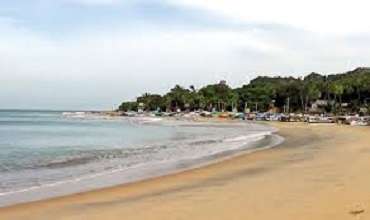
A Thai woman walking topless in Arugam Bay town has been arrested by the Police.

The Cabinet has approved a proposal for Sri Lankans overseas to apply for their passports through an online system via the Lankan diplomatic missions.
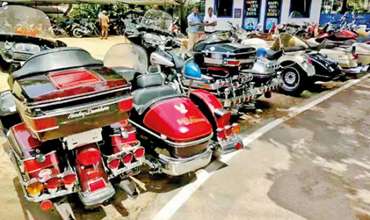
Ajith Gallage, the owner of a Bird Park in Nagarawawa, Hambantota, has been remanded over allegations of concealing illegally imported motorcycles, in a warehouse owned by him.
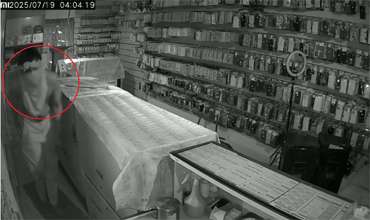
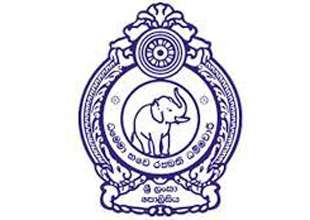
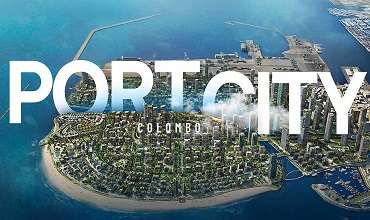
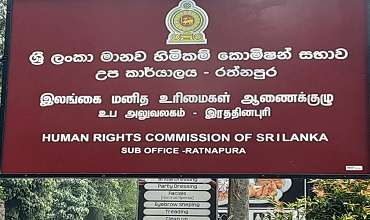



Leave Comments